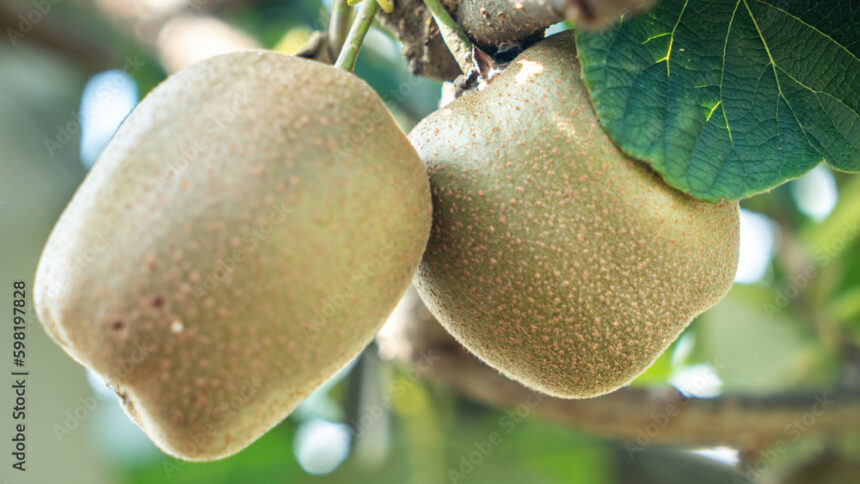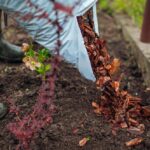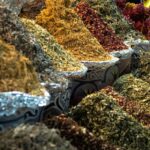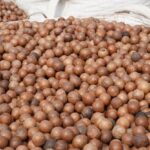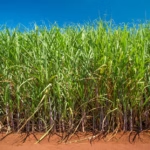When growing kiwi in South Africa, there are several infections and diseases that you should watch out for to ensure the health and productivity of your kiwi plants. Here are some common ones:
- Pseudomonas syringae:
This bacterial pathogen can cause bacterial canker, resulting in cankers on the branches and trunks of kiwi plants. Look for dark, sunken lesions with amber-colored ooze. Avoid overhead irrigation and prune infected parts to control the spread. - Phytophthora root rot:
This fungal disease can affect the roots and collar region of kiwi plants, leading to rotting and decay. Symptoms include wilting, stunted growth, and darkening of the lower stem. Ensure proper drainage and avoid over-watering to prevent this disease. - Botrytis cinerea:
Also known as gray mold, this fungus attacks kiwi fruit during storage and transportation. It causes brown, fuzzy mold on the fruit surface and can lead to decay. Proper ventilation, temperature control, and regular fruit inspection can help prevent this disease. - Armillaria root rot:
This fungal pathogen affects the roots of kiwi plants, causing rot and eventually killing the plant. Symptoms include yellowing foliage, wilting, and dark brown rhizomorphs at the base of the trunk. Avoid planting in areas with a history of armillaria or infected plant material. - Viral diseases:
Kiwi plants can be susceptible to various viral diseases such as kiwifruit vine decline, cucumber mosaic virus, and kiwifruit yellow ring virus. These viruses can cause stunted growth, yellowing leaves, and poor fruit quality. Planting disease-resistant varieties and implementing strict sanitation practices can help manage viral infections.
To prevent the spread of infections and diseases, it’s important to practice good cultural practices such as maintaining proper plant nutrition, providing adequate sunlight and air circulation, and removing and disposing of infected plant material. Additionally, consider consulting with local agricultural experts or contacting the South African agricultural extension services for specific recommendations and guidance on disease management in your region


